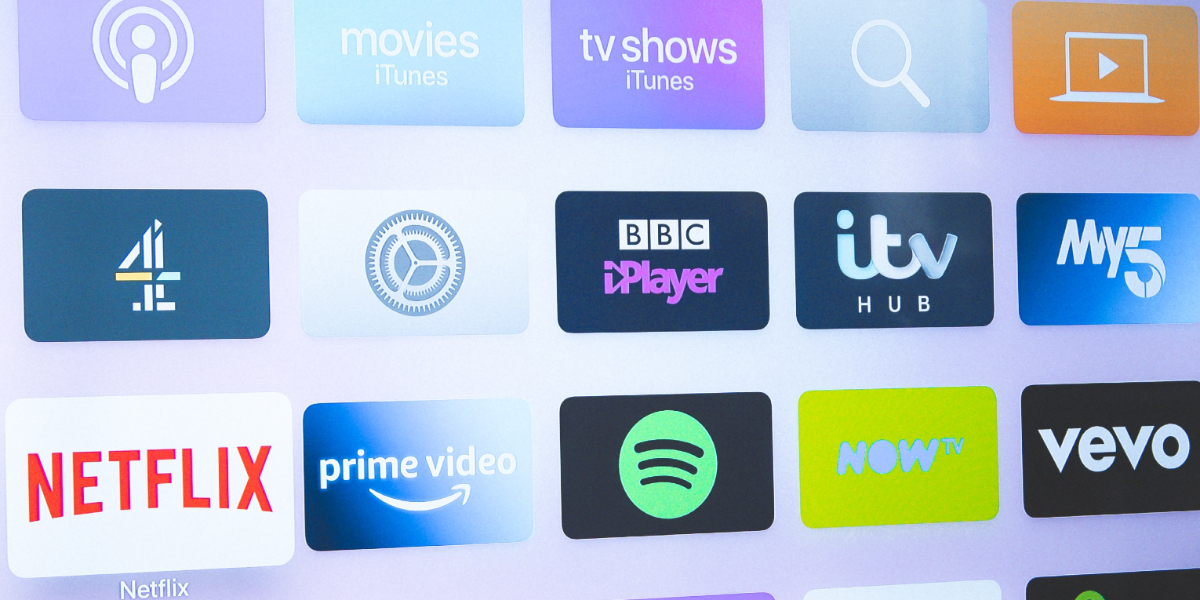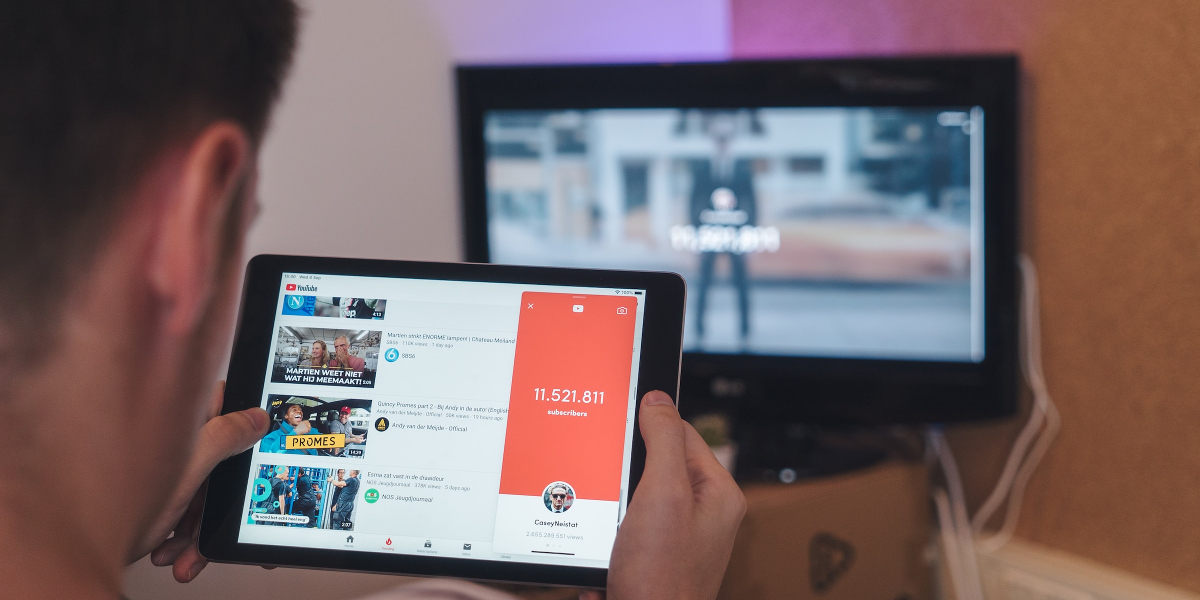As the loss of third-party cookies and privacy regulations across the globe make third-party data a scarce resource in digital advertising, those with large stores of first-party data are likely to thrive. And over the past few years we’ve seen a number of publishers and broadcasters building out increasingly sophisticated first-party data offerings in response.
For some, the focus has been on bringing more of their audience into a logged-in environment, enabling them to use more basic log-in data and user behaviour for ad targeting. In the UK for example, The Guardian, which has steered clear of subscription models, has been asking users to sign up and log in at the bottom of articles.
Others have been building out more sophisticated tools for using their data. The Washington Post’s Zeus Insights, The Telegraph’s Unity, the New York Times’ in-house data program, and Vox Media’s Forte each explicitly mentioned the decline of third-party cookies and privacy regulation in their announcements.
But these tools aren’t all exactly alike.
Jacques Edeling, programmatic operations lead at Starcom, noted that some are opting to lean more heavily into contextual targeting strategy, as is the case for Verizon Media. Edeling said that contextual capabilities have improved substantially in recent years, and that contextual targeting remains attractive to buyers – though attribution remains an issue.
“The use of contextual targeting likely would increase the amount of probabilistic data modelling required for attribution models but despite this, it still offers an attractive alternative to cookie targeting,” he said.
Others are more focussed on building up stores of first-party audience data, developing more advanced targeting tools using this data and helping brands match their own data too. But these types of solutions each use slightly different techniques for data matching and targeting.
“As publishers go through the same evolution as advertisers and face the same challenges, there will be an improvement in consent quality, and their first party data sets will also generally greatly expand,” said Edeling. “This offers an opportunity for both buyers and publishers to come together and provide a clear value exchange. This can be done with a simple PMP with publisher inventory and data overlaid, or far more complex buys through data bunkers matching data on both ends. The value to both parties is clear and one that we will see widely adopted.”
A Need for Consolidation
The first challenge for making these tools as useful as possible to advertisers is that it’s of course necessary that advertisers themselves have built out their own first-party data sets, which won’t always be the case.
“The challenge here is largely down to advertisers’ investment levels and administration of customer data platforms,” said Edeling.
Dave Carpenter, head of digital at Goodstuff, said he thinks there are untapped opportunities for sell-side companies to help brands enrich their own data sets.
“Too often the end goal that broadcasters are looking at is the incremental investment in the deployment of media via advertising,” he said. “With the huge data sets that the broadcasters have and the untapped potential they bring, broadcasters and publishers need to start thinking of themselves as much as research companies that enrich what brands know about their audiences as they do an end point for the delivery of ads.”
But even for advertisers which have invested heavily in their first-party data capabilities, variation in the tools and methodologies being used by publishers is causing issues.
Sherif Guindy, SVP of data strategy at Essence, said that for the time being this fragmentation means publisher solutions aren’t really fit for purpose.
“The fragmentation of technology, and different resources and methodologies needed to upload data and measure campaigns makes things very complicated, so at the moment these tools aren’t good enough,” he said.
And if this remains the case, advertisers might choose to work with a smaller number of publishers, to avoid the complication of learning how to use a multitude of first-party data tools.
“In a time when there’s a lot of fragmentation, you rely on the most effective platform available, based on your own experience and the data you have available,” said Guindy. “So publishers with the biggest databases, and whose privacy tools and data matching capabilities are most reliable, are going to be the ones you choose to work with.”
In the long run, Guindy says he’s not worried, as he expects to see consolidation and standardisation in the tools and methodologies used by publishers.
“This has always been the history of the digital advertising space. We saw it in the evolution of ad networks, where consolidation effectively happened through DSPs,” he said. “What we’re seeing now is a similar kind of cycle – we’ll see publishers creating all these different technologies, but we’ll get to a point where they start consolidating around which technologies work best.”
But for the time being, the challenge created by fragmentation is still very real.
“While fragmentation exists, it affects the ways we buy media, the ways we measure it, and the effectiveness of those platforms. And the companies which win in that situation are the biggest platforms – the Googles and Facebooks.”




